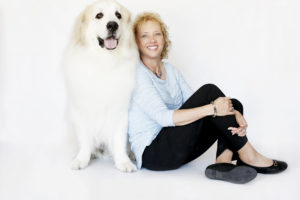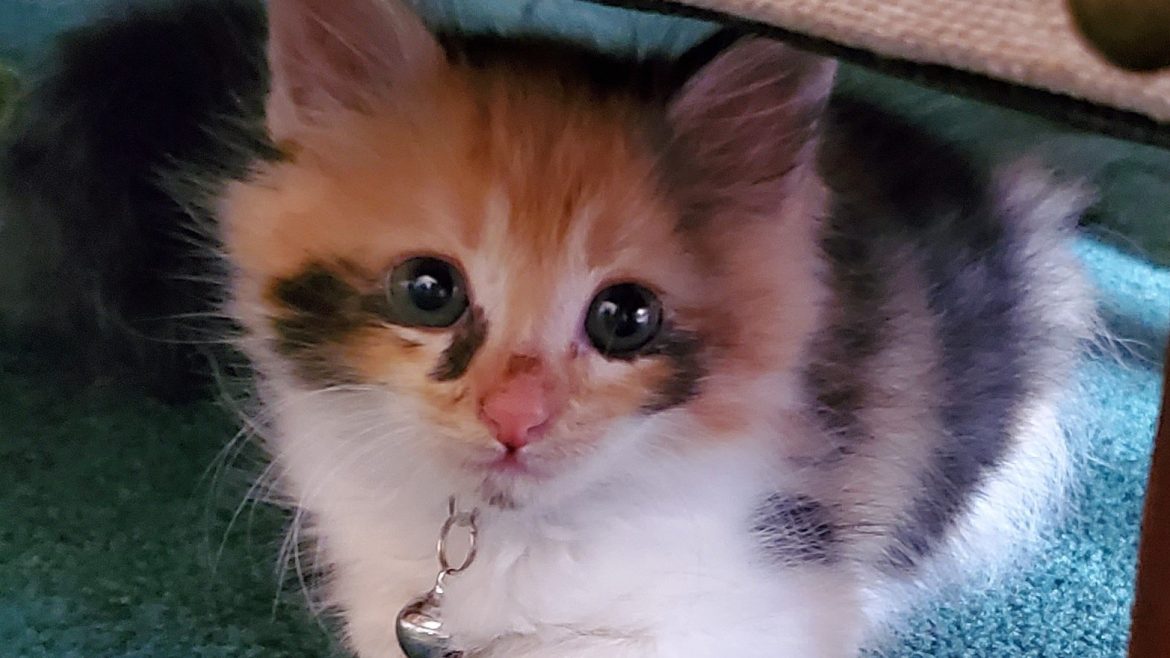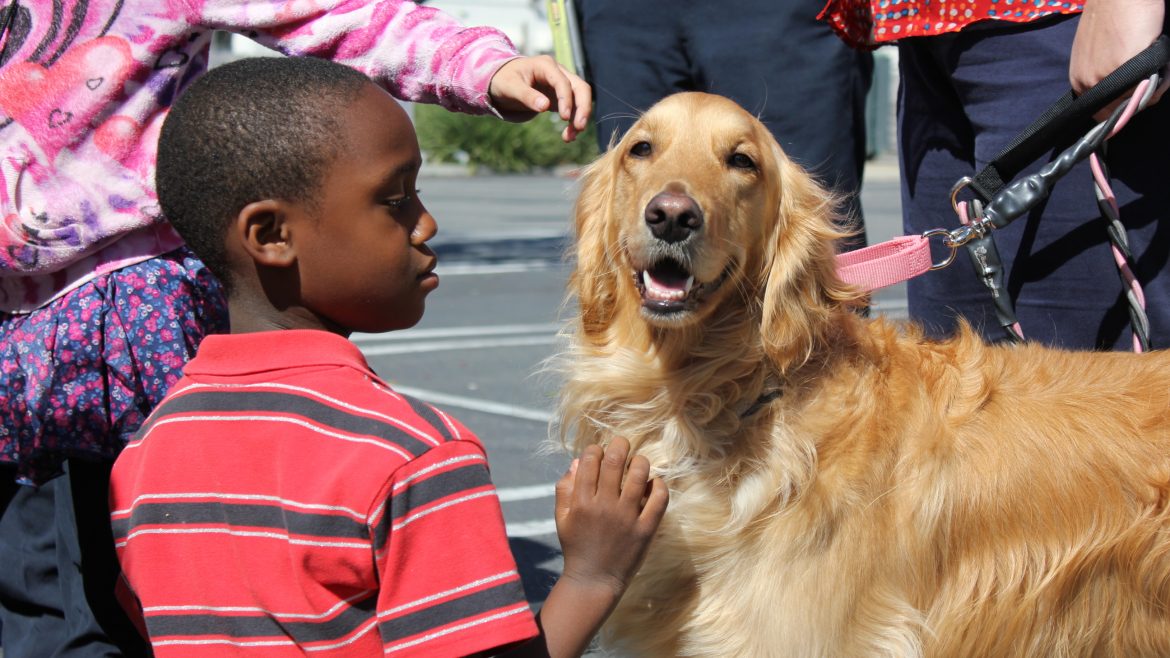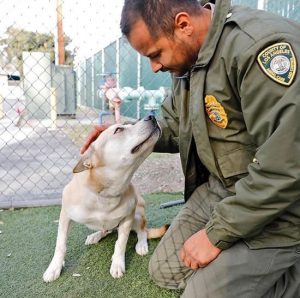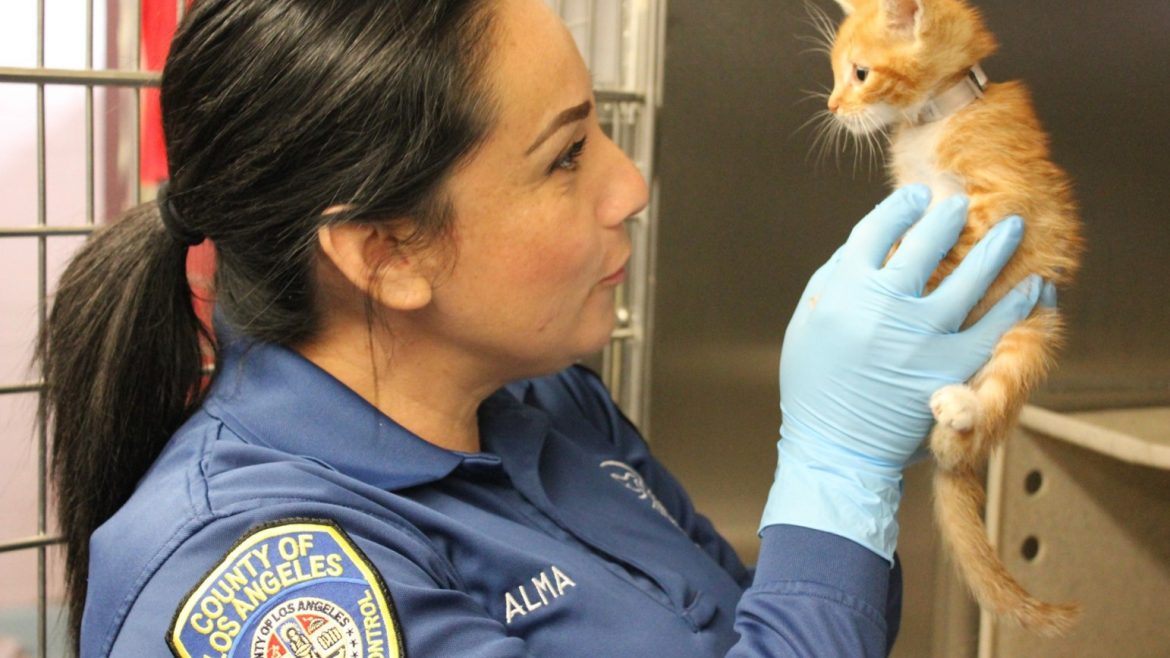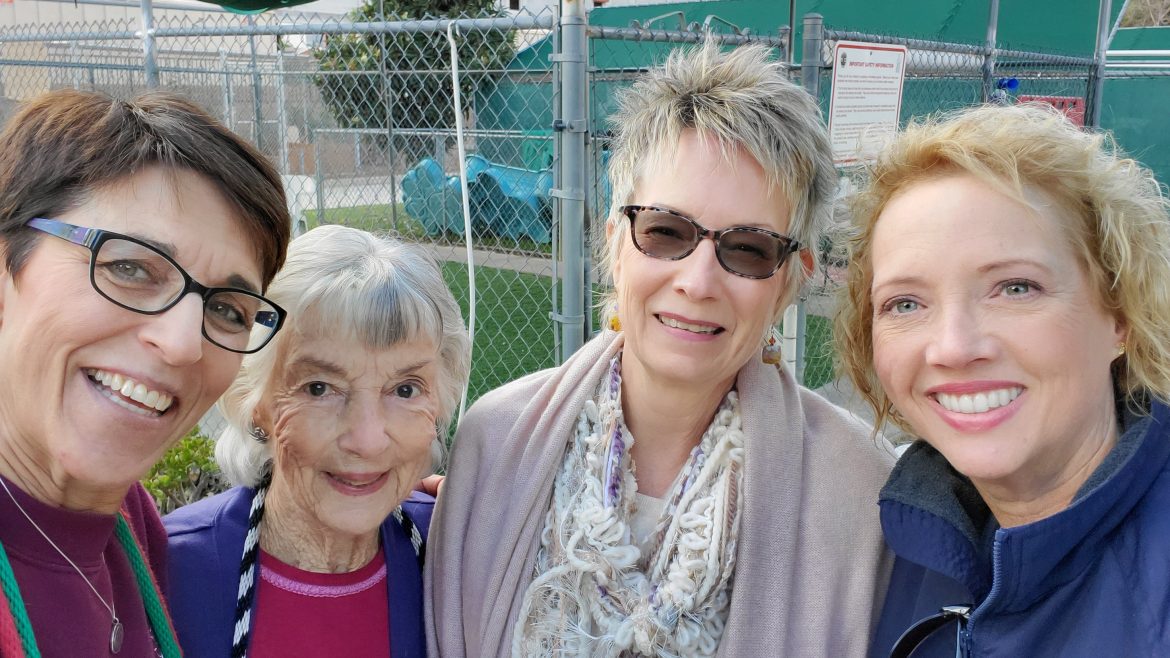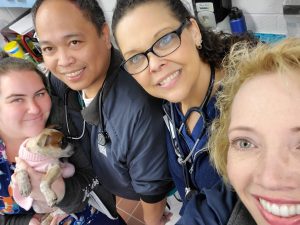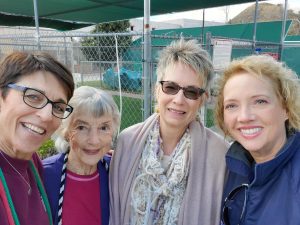Heroes Among Us
Heroes Among Us
The holidays always bring one of my favorite memories back to me, making me smile and reflect on a special Christmas Eve that is as clear as yesterday although more than thirty five years have passed.
This particular Christmas Eve I was a junior in college, pursuing my Bachelor of Animal Science degree at Western Illinois University (WIU). I remained at the university over the holiday break because I was working both at the local animal shelter as well as the university’s sheep farm and the animals needed me. I say “worked”, but both positions brought me so much joy being with the animals that I didn’t consider it to be that. In fact, I often forgot to submit my timesheets for payment at the animal shelter (to the great frustration of my supervisor) and technically I didn’t get paid for working on the sheep farm – it was for college credit. Nevertheless, I took these responsibilities very seriously and learned a lot from both opportunities.

Animal Control Officer II Van Harrison is DACC’s longest serving ACO, dedicating his career of more than 44 years to help the animals and people in Los Angeles County.
Because it was Christmas break, most students had gone home to their families and I was the only one remaining in my small apartment building. Alone in the building, I was settling in for a cold midwestern Christmas Eve when I received a call from the County dispatch center to respond to an animal control call. It was the most bizarre call I had ever received.
The call was to go pick up a stray Lavender goat. A Lavender goat? I racked my brain trying to remember the various breeds of goats I might have learned about. WIU did not offer a goat science class, so I turned to my recollections of the James Herriot books I had devoured in high school. James Herriot, the British veterinarian who wrote books about his experiences as a veterinarian in Yorkshire, England, treated livestock as well as pets and perhaps he wrote about Lavender goats. Since most sheep breeds are named after the area in England from which they came (Suffolk, Hampshire, Cheviot, etc.), I thought this might help me identify the breed history of the Lavender goat. However I was unaware of any area in England called Lavender, could not recall any James Herriot stories about goats, and no other answers came to mind.
As I was driving to the call, I was struck by the quiet beauty of the evening. The streets were deserted, and a fresh snowfall covered everything in glittering, pristine snow. A full moon illuminated the peaceful, sparkling landscape and I was all alone in this winter wonderland as I drove to the call in anticipation and puzzlement.
Just then, a song came on the radio. It was “Jingle Bells” by The Singing Dogs. You know the tune; various pitches of dog barks are composed in the pattern of “Jingle Bells”. I couldn’t help laughing – this just made the evening perfect. The lone animal control officer in an iridescent landscape on a surreal call on Christmas Eve, listening to barking dogs singing “Jingle Bells” on the radio.
When I arrived at the location of the call, I had still not been able to recall the breed of goat called Lavender and was eager to see the goat and add this information to my knowledge in the animal science field. Then I saw the goat. It was purple. Purple! The WIU colors are purple and gold, and obviously this goat was spray painted purple as part of a college prank. That settled the mysterious case of the Lavender breed of goat.
The goat was unharmed, but needed a place to be sheltered, fed, and kept safe. The animal shelter was only designed to house dogs and cats, so I brought the goat to the university sheep ranch where I created a warm pen for her and fed her. She was later adopted to a local family.
Each time I remember this experience, I think of all the animal care and control employees who are working alone on Christmas Eve and every other holiday, evening, and weekend. Animal care is a 24/7 responsibility and these dedicated people ensure the animals are safe and cared for, even when it is personally inconvenient for themselves. They are away from their families and loved ones so the animals can be protected.
This year, animal care and control staff deserve even more recognition and acknowledgement. They have continued to serve and safeguard animals in the face of one of the worst pandemics this world has ever seen. Our team has had to make many adjustments, implement new protocols, and identify a new normal for our care center operations. Throughout it all, our compassionate and dedicated staff have risen to the occasion despite extreme difficulties and uncertainties. The same gratitude goes out to our healthcare workers, first responders, and everyone else who is working for the common good to provide service and care during this time.
If you are one of these people, thank you for your ongoing service to keeping us safe. If not, please join me in gratitude for their efforts. There are many unsung heroes among us, including the lone animal control officer you may see this year on Christmas Eve.
Marcia Mayeda

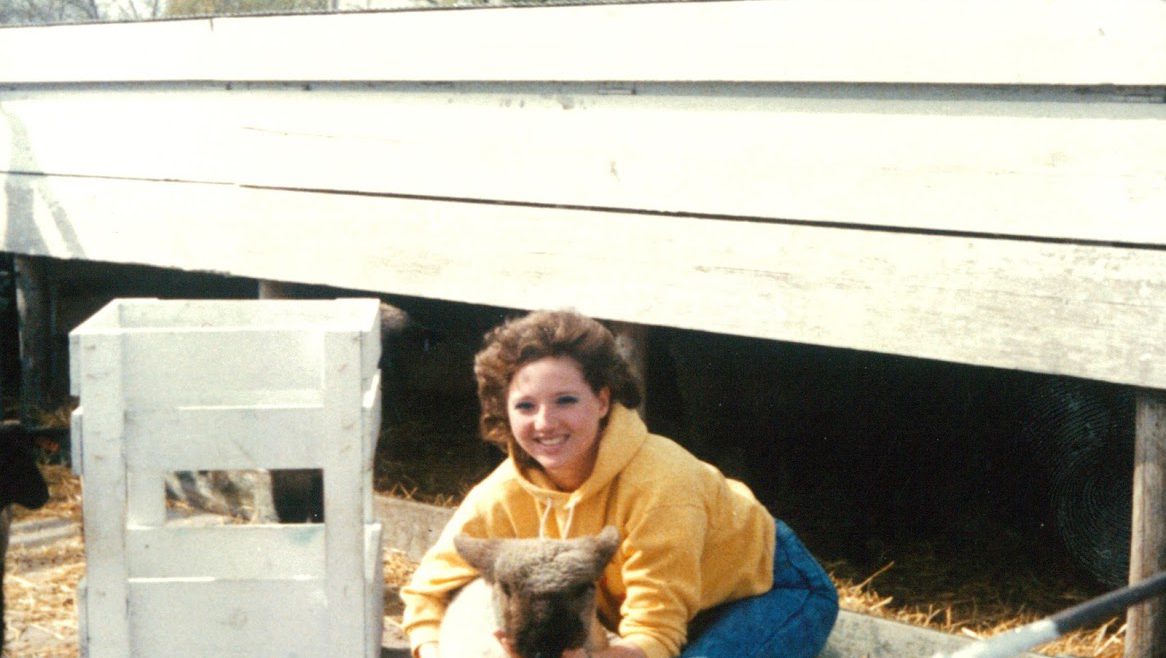
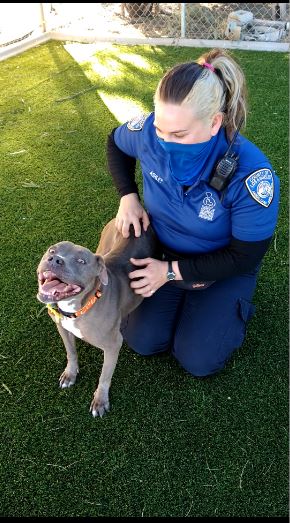
 Obtaining my Master of Nonprofit Administration degree from the University of San Francisco was an enriching experience that gave me greater insight into the critical impact nonprofit organizations play in our communities. Many nonprofits bridge gaps between government and those in need of assistance. In our case, DACC is grateful for the vital programs provided by the Los Angeles County Animal Care Foundation (ACF).
Obtaining my Master of Nonprofit Administration degree from the University of San Francisco was an enriching experience that gave me greater insight into the critical impact nonprofit organizations play in our communities. Many nonprofits bridge gaps between government and those in need of assistance. In our case, DACC is grateful for the vital programs provided by the Los Angeles County Animal Care Foundation (ACF).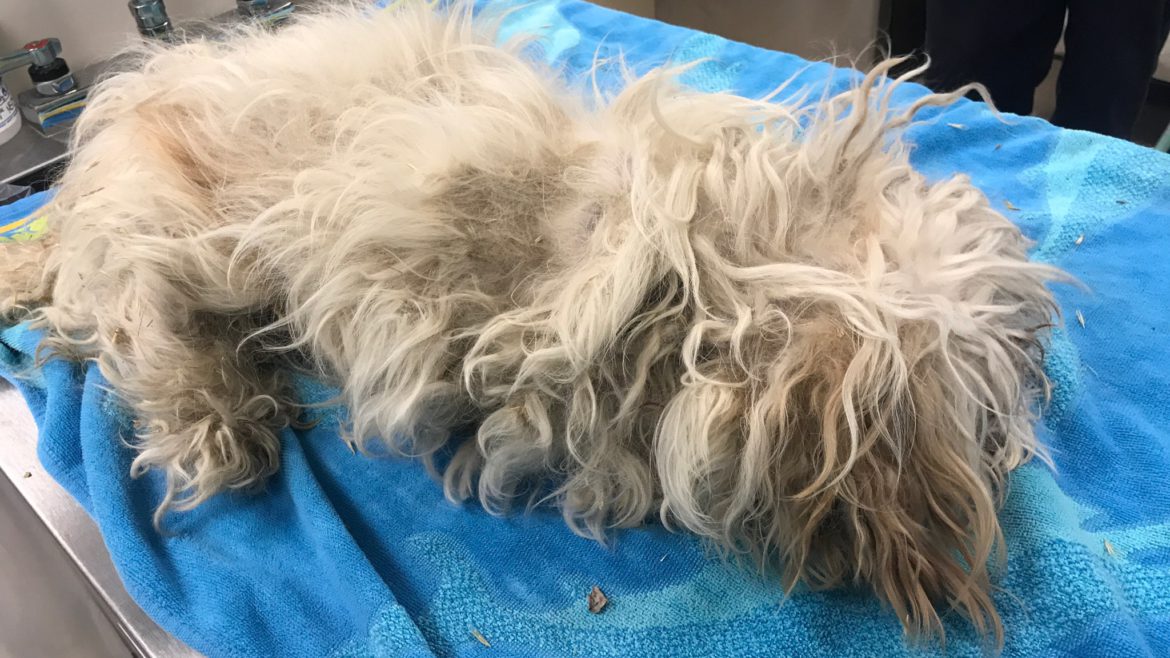

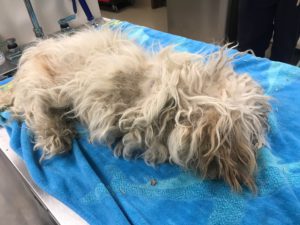
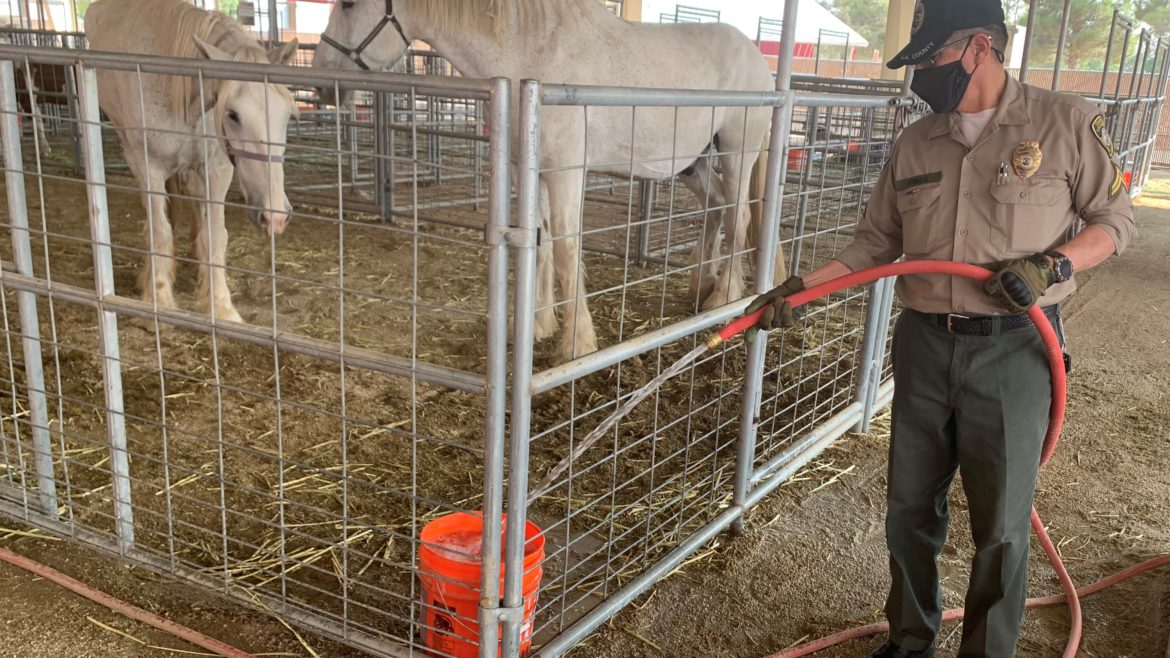
 As I write this, DACC is continuing its emergency animal sheltering services for residents displaced by the devastating Lake Fire, which has burned more than 31,000 acres in the Antelope Valley of northern Los Angeles County. The Ranch Fire near Azusa has been burning as well, causing further evacuations. Additionally, approximately 12,000 lightning strikes have started 585 fires in California over the past week, burning more than one million acres. There is no end in sight for these current wildfires, and more than 13,000 firefighters are battling the fires across California to protect lives and property.
As I write this, DACC is continuing its emergency animal sheltering services for residents displaced by the devastating Lake Fire, which has burned more than 31,000 acres in the Antelope Valley of northern Los Angeles County. The Ranch Fire near Azusa has been burning as well, causing further evacuations. Additionally, approximately 12,000 lightning strikes have started 585 fires in California over the past week, burning more than one million acres. There is no end in sight for these current wildfires, and more than 13,000 firefighters are battling the fires across California to protect lives and property.
